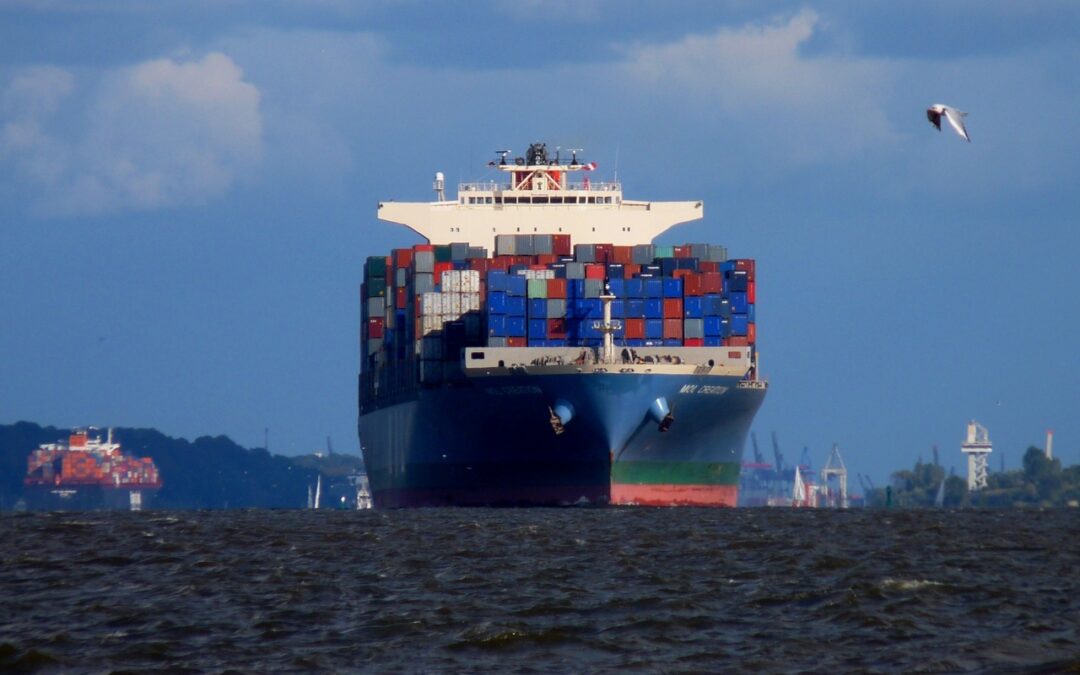The decline in freight rates threatens future investments in safety and decarbonisation. It could also impact maintenance levels and risk management budgets, according to the latest Allianz Safety & Shipping Review 2023.
Following the post-pandemic boom in container shipping, economic and geopolitical uncertainty and falling demand has hit freight rates. The cost of shipping a container between Asia and the US or Europe in April 2023 was more than eighty per cent lower [1] than a year earlier, while some routes are now at pre-pandemic levels.
As freight rates have declined, new vessels ordered during the boom have begun to arrive, adding to already excess capacity. The Mediterranean Shipping Company (MSC) [2] took delivery of two mega ships in March 2023 – MSC Tessa and MSC Irina – which are among the world’s largest container ships to date at more than 24,000 TEU each. It followed the delivery in February of the 24,118 TEU OOCL Spain, the first of six under construction.
Also read: ‘Shipping losses hit record low, but jump in fires’
Negative demand growth
The Baltic and International Maritime Council (BIMCO) [3] forecasts weak demand for container shipping outstripping supply in 2023, putting freight rates and second-hand ship values under pressure through to next year. The shipping body predicts negative demand growth through the first half of 2023, with a recovery in the second half leading to overall demand growth of one to two per cent in 2023, followed by five to six per cent in 2024.
The global container fleet is forecast to grow by 6.3 per cent in 2023 and by 8.1 per cent in 2024. Supply is set to rise with the easing of port congestion and deliveries of new vessels ordered during the boom period of the past two years. BIMCO predicts that 4.9 million TEU will be delivered during 2023 and 2024, equivalent to an additional nineteen per cent of the fleet size at the beginning of 2023.
Also read: Allianz: ‘Fire, collision, sinking and damaged cargo top causes of marine insurance losses’
Risks to safety and decarbonisation
‘A big question is whether the decline in freight rates will result in cost-cutting and, if so, will this impact maintenance levels or result in lower risk management budgets? In prior downturns, investment in vessel maintenance has not always been at the required level, leading to losses and an increase in machinery claims,’ says Justus Heinrich, Global Product Leader Marine Hull at Allianz Global Corporate & Specialty (AGCS).
Lower freight rates could also potentially put vital investments in fire safety and decarbonisation in jeopardy, according to Captain Rahul Khanna, Global Head of Marine Risk Consulting at AGCS.
Khanna: ‘We are on the cusp of the delivery of new larger vessels at a time when the industry is already under pressure from lower freight rates. This may be good news for cargo owners, but not so for the container shipping industry.’
‘Record profits for the container industry supported innovation in areas such as decarbonisation, alternative fuels and fire detection and prevention. If the market comes under pressure, there is a risk such initiatives will lose momentum. We would not like to see safety initiatives, especially in terms of the improvements we are hoping to see in container ship and roll-off, roll-on (Ro-ro) design and fire protection in particular, take a back seat,’ Khanna concludes.
Also read: Major shipping carriers target cargo fires and losses together
References
- 1 Freightos, Shipping & freight cost increases, current shipping issues, and shipping container shortage [2023], April 13, 2023
- gCaptain, MSC takes delivery of MSC Tessa, one of the world’s largest container ships, March 9, 2023
- BIMCO, Container shipping market overview and outlook Q1, 2023, February 28, 2023








